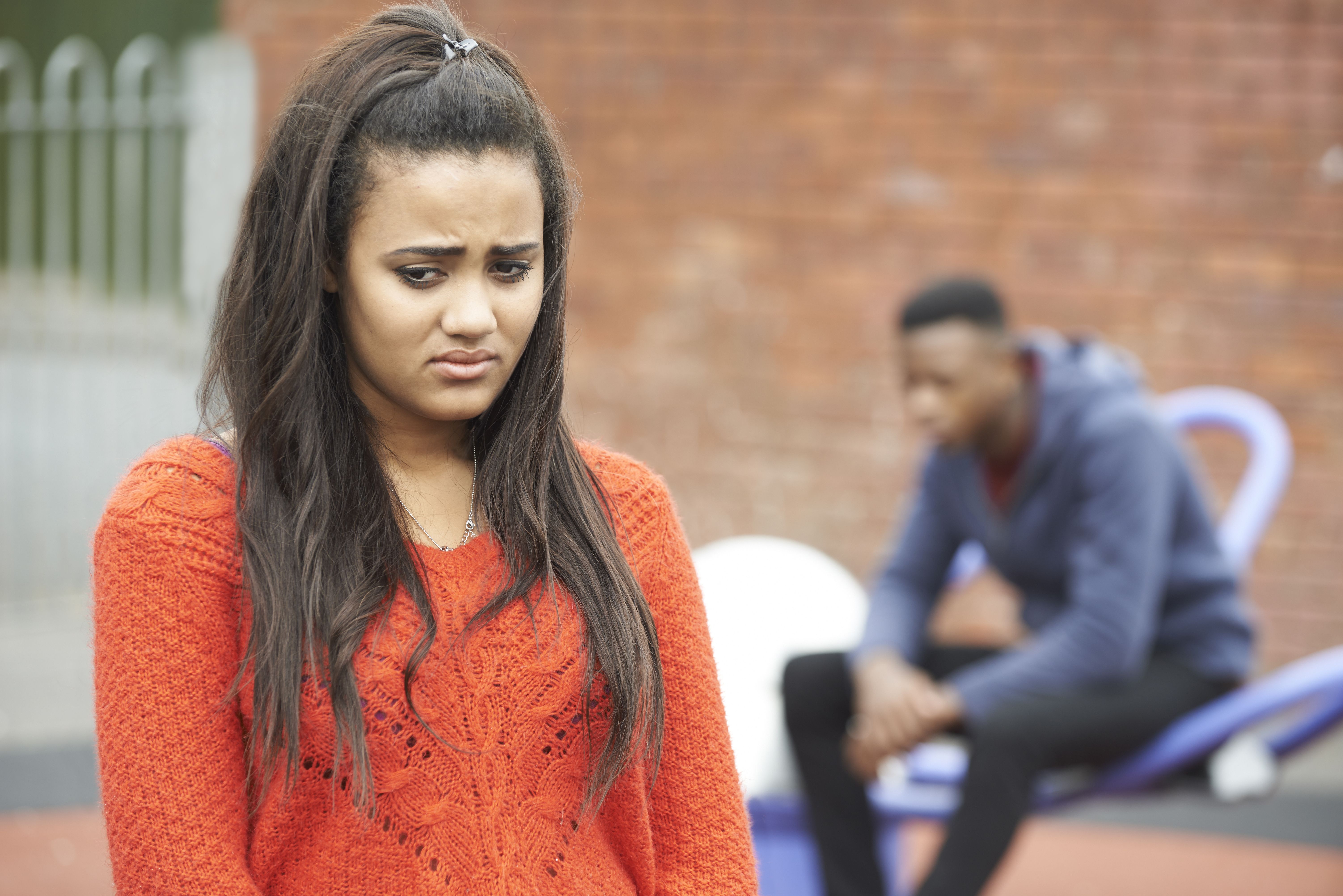Reproductive coercion and sexual health in teens
The findings from a new survey-based study shed light on how reproductive coercion and relationship abuse influence sexual health in this population.
©highwaystarz - stock.adobe.com

A survey-based study of female teens shows that one in eight had recently experienced reproductive coercion. Published in Obstetrics & Gynecology, the findings shed new light on how such coercion and relationship abuse influence sexual health in this population.
For the research, the authors performed a secondary analysis of cross-sectional baseline survey data from a previous study at eight student health centers in northern California. The nearly 800 participants were asked a series of questions about their sexual health in the past 3 months aimed at determining whether they had been pressured by a partner about reproduction or experienced relationship abuse.
Among the forms of coercion explored were taking oral contraceptives away and breaking condoms on purpose. Abusive behaviors described on the questionnaire included having unwanted sex and being physically hurt by a partner.
The participants were aged 14 to 19 and had sought care from the school health centers. The secondary analysis included 500 female high school students who reported ever having sex with a male partner. Of them, 17% reported physical or sexual adolescent relationship abuse and 12% reported recent reproductive coercion. Prevalence of recent sexual violence by someone who was not a partner was 17%.
Physical or sexual adolescent relationship abuse was associated with increased odds of seeking testing or treatment for sexually transmitted infections (adjusted odds ratio [aOR] 2.08, 95% CI 1.05-4.13). Females exposed to both adolescent relationship abuse and reproductive coercion had higher odds of having a partner who was ≥ 5 years older (aOR 4.66, 95% CI 1.51-14.4), having two or more recent sexual partners (aOR 3.86, 95% CI 1.57-9.48) and using hormonal contraception only (aOR 3.77, 95% CI 1.09-13.1 vs hormonal methods with condoms).
Neither race nor ethnicity were associated with significant differences in reproductive coercion in the past 3 months or in physical or sexual adolescent relationship abuse experiences (P= .103 and P= .879, respectively). Looking at years of schooling, the authors found that reproductive coercion was experienced by 6.7% of participants in grade 9 versus 13.6% of those in grade 12 (P= .873) whereas relationship abuse was reported by 21.7% of the ninth graders versus 11.0% of those in grade 10 (P= .557).
Looking at forms of contraception, the authors founds that use of hormonal contraceptives only was more common in participants with recent reproductive coercion than those who had no experienced coercion (28.8% vs 18.6%; P= 0.45). Females who had notexperienced such coercion were more likely to use condoms and hormonal contraceptives combined than participants who had been exposed to the coercion (33.3% vs 24.2%; P= 0.45).
The researchers said that “by failing to identify factors associated with harmful partner behaviors, our results support universal assessment for reproductive coercion and relationship abuse among high school-aged adolescents, involving education, resources, and harm-reduction counseling to all patients.” They also recommended the counseling “should go beyond hidden (or “invisible”) contraception and include discussions of condom manipulation as a form of abusive behavior.”
In this episode of Pap Talk, Gloria Bachmann, MD, MSc, breaks down what it means to be a health care provider for incarcerated individuals, and explores the specific challenges women and their providers face during and after incarceration. Joined by sexual health expert Michael Krychman, MD, Bachmann also discusses trauma-informed care and how providers can get informed.
Listen
